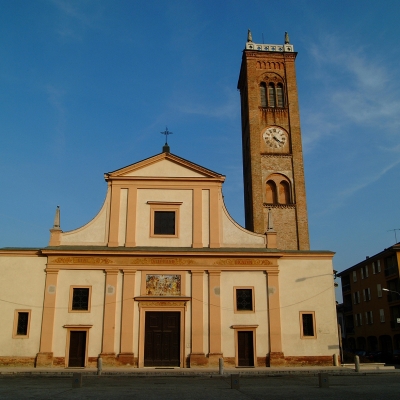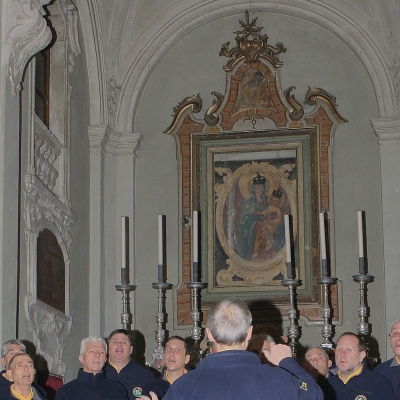Onion
Onion – whose scientific name is Allium cepa – has ancient roots, given the fact that records date back to ancient Egypt, where it began to be cultivated, in the 4th millennium B.C.
Due to its adaptability, it managed to spread in many parts of the world, taking on various shapes, together with different botanical and organoleptic characteristics. Since the 1400s and for longer than five centuries, it has been one of the leading products of our agricultural industry.
Onion is rich in mineral salts and contains a certain amount of vitamin C. It is also a diuretic, with disinfectant properties, and a good regulator of blood glucose levels, widely used by the canning industry. It is characterized by a small, flattened globe-shaped, externally straw-yellow bulb. Its ductility makes it possible to obtain two different varieties, which must be harvested at appropriate times – one in spring and one in autumn – consequently ensuring its presence on the market throughout the whole year.
Since 2005 it has benefited from the De.Co. (Denominazione comunale) quality marker and has been included by the Reggio Emilia Province in the list of those 42 species that need to be protected in terms of biodiversity.



